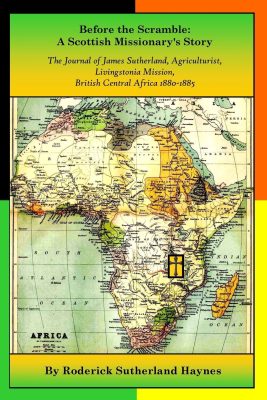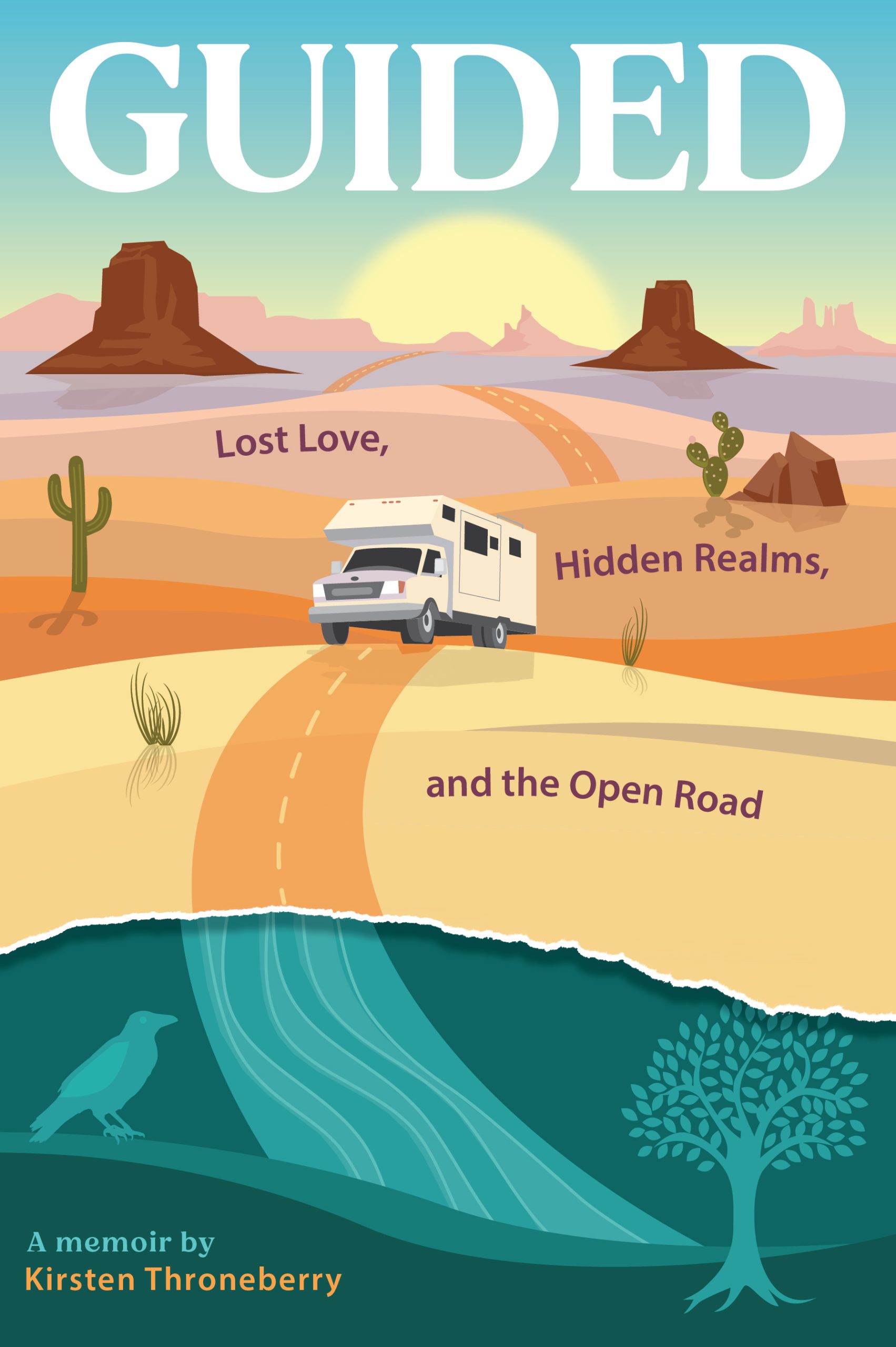It is clear that Norman E. Kjono, author of Tree: One Life That Made a Difference, cares deeply for the interconnected nature of all living things. In his book, he takes us on a journey to a small valley in the Pacific Northwest where the “lifes” of this sacred place are in trouble—the inhabitants of this valley consider themselves to be lifes.
“In the valley they thought of themselves together as “lifes.” This preserved their individual identity yet acknowledged the plural sense of them together as more than one.”
The core message in Tree: One Life that Made a Difference, is thought provoking. That all lifes would work toward being the best they can be, and helping others without thought of reward, is ideal. This is a story that mixes form—interspersing prose, poetry and songs; the poems dispersed through the story are to be read like proverbs.
Valley culture is built on the idea that all lifes are interdependent, and that by each individual doing his or her best, the purpose of the Cosmos and Creator will be best served. Few characters in this novel are human, and a few are even inanimate, like Stream and Rock. Owls, deer, beavers, mushrooms, frogs, raccoons, and other creatures including Tree and the Ancients (redwood trees) make up the cast of characters in this inspirational work that asserts that one life can make a difference. And that difference begins with one positive act that in turn inspires another and another.
The valley thrives and draws human visitors who leave their negative energy behind when they return home. All the lifes come together to try and figure out a way to deal with the negative energy produced by visitors to the valley. A toll plan is put forth by Elizabeth Jay and Harvey Crow. At first, this seems reasonable, but soon any life that disagrees with the plan is attacked and threatened by Jay and Crow, showing their intentions to be about controlling Life rather than helping it. The lifes of the valley quickly decide the toll plan is not for them, and the rest of the book takes place largely in dialogue over the best possible way to exist.
Most of the book deals with examples of why interdependence works best. The tale that best shows this is about Randolph Raccoon, an ambitious life who almost destroyed his people and caused a war. Randolph’s tale shows how greed and the desire for power can destroy a life’s internal spirit and their community as well.
Kjono shares his core belief of interdependence based on love and compassion with more than 300 pages of philosophical debate that extends from the local lifes of the valley to Arthurian legend told to them by the Ancients to a brief introduction of other-worldly aliens to the valley lifes. What begins as an interesting thought experiment quickly becomes a homily. However, Kjono’s supposition of doing your best to support not only yourself, but others around you, without regard for how you benefit, is a noble one.
Norman E. Kjono has put forth a beautiful philosophy that if one of aspires to do what is best for one’s world, that others will follow suit. And, as Tree said, “If we start out thinking it can’t be done, the we’ve lost before we begin!”









Leave A Comment